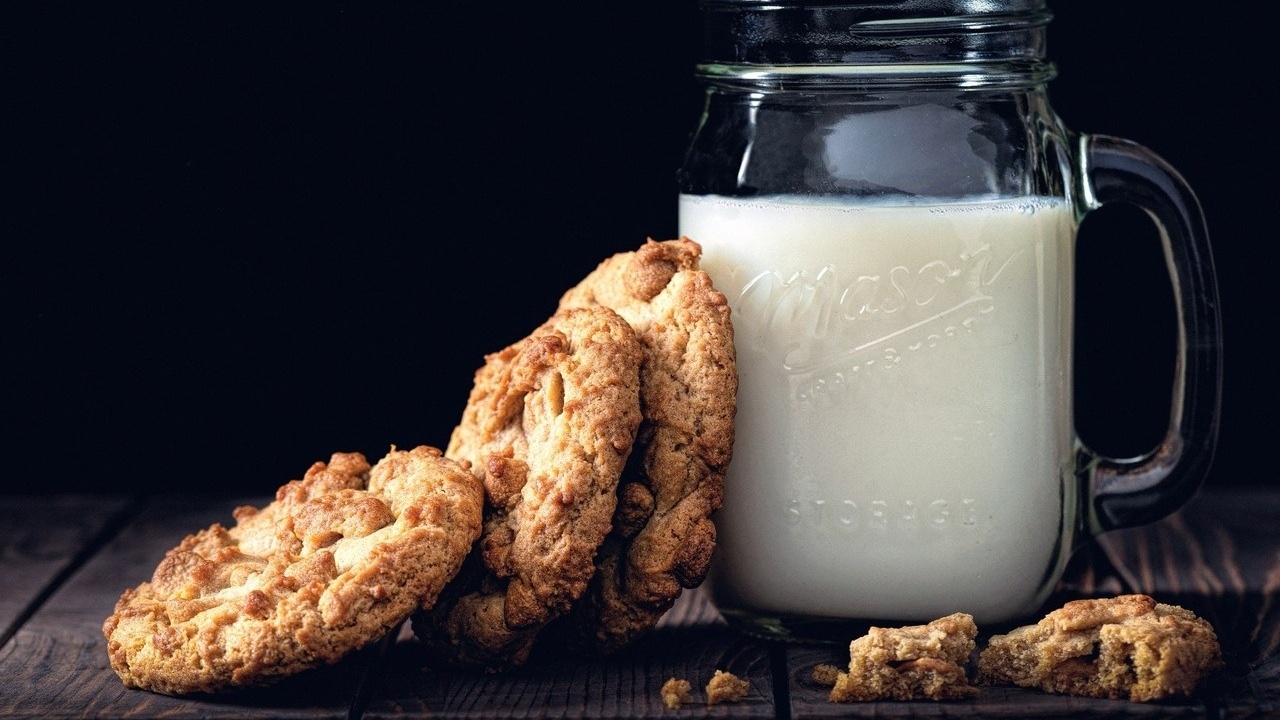Which Kind of Milk?

Plant-based foods are gaining more traction as people realize the environmental impacts of consuming animal foods such as milk. Dairy cows and their manure produce greenhouse gas emissions which contribute to climate change. Poor handling of manure and fertilizers can degrade local water resources. And unsustainable dairy farming and feed production can lead to the loss of ecologically important areas, such as prairies, wetlands, and forests. But we love milk in our cereals, in our hot drinks, and as a part of the base for making fettucine alfredo. So, what to do?
Alternative milk is more sustainable than dairy milk as it uses less land and water and generates lower amounts of greenhouse gases. A trip to the grocery store shows us that plant milks are becoming widely available and popular. However, given the varieties available such as oat milk, almond milk, and soy milk, how do we know which one to pick?
Almond milk is complicated because even though it has the lowest greenhouse gas emissions and uses the least amount of land to grow, it uses 10 times as much water as soymilk production. Honestly, it is not my favorite as I need more creaminess in my milk and almond milk seems like white colored water to me. But I will use it in a pinch.
My favorite milks are unsweetened soymilk and oat milk as they both have the creaminess that I crave. They both also have a lower environmental impact than almond milk. Oat milk production produces less emissions of the two. Here is a recipe for making your own oat milk. However, soymilk has about the same amount of protein as cow’s milk, so if protein consumption is on your mind, then this may be your go to milk.
Also, this is a yummy vegan fettucine alfredo recipe that you may enjoy.



